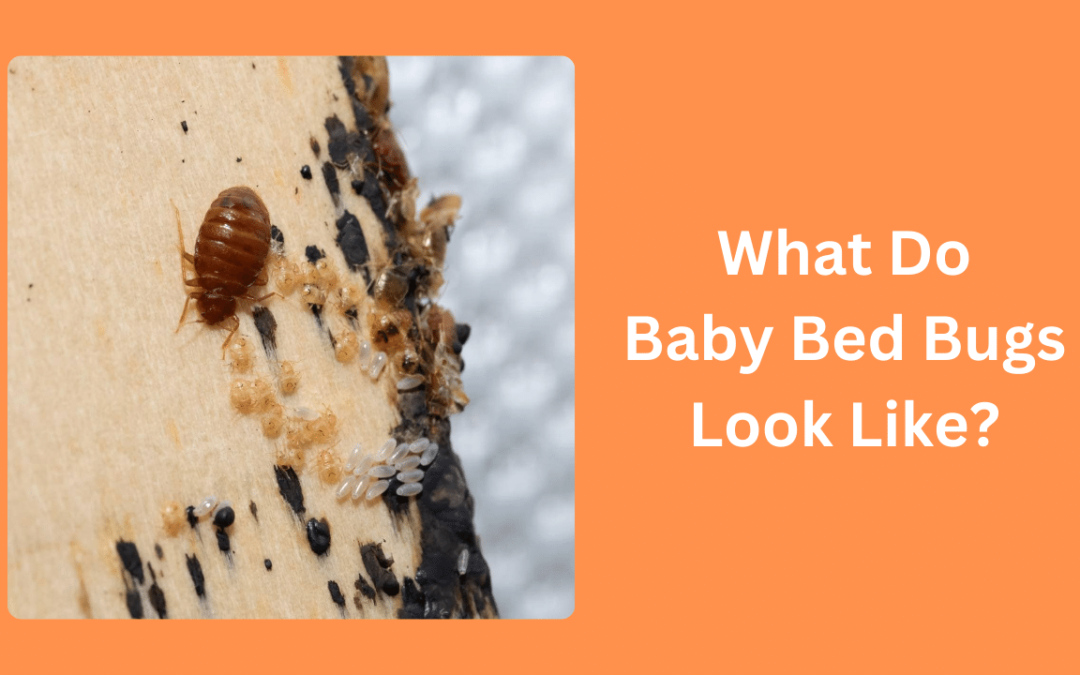You find baby bed bugs in your home, a discovery bound to cause discomfort. This could be an early indicator of a more extensive bed bug problem hiding out of sight. Alarming, right?
Even a minor presence of these pests is something to look into. They rapidly mature into adult bed bugs, escalating the issue. Therefore, addressing the situation immediately is crucial to prevent a more significant infestation.
This article will delve into effective methods and tools for baby bed bug elimination. But first, let’s get acquainted with their appearance and distinct traits to identify better and tackle them.
Table of Content
- What Do Baby Bed Bugs Look Like?
- How Small Are Baby Bed Bugs?
- What Color Are Baby Bed Bugs?
- Pictures of Baby Bed Bugs
- Tracking the Bed Bug Life Cycle
- Baby Bed Bugs Behaving
- Can Baby Bed Bugs Bite?
- What Problems Can Bed Bugs Cause?
- How to Get Rid of Baby Bed Bugs
- Calling a Pest Control Company
- What to Do If They Bite You
- How to Prevent Baby Bed Bugs
- What Do Baby Bed Bugs Bites Look Like?
- How to Check for Baby Bugs
- Can Baby Bed Bugs Reproduce?
- Frequently Asked Questions
- What is the difference between baby fleas and baby bed bugs?
- Can baby bed bugs live in your hair?
- How long can baby bed bugs live without food?
- Are Baby Bed Bugs Visible? Can You See Them?
- Conclusion
What Do Baby Bed Bugs Look Like?
Baby bed bug nymphs are essentially smaller, lighter-colored versions of adult bed bugs with flat, oval bodies, a small head, and thin antennae. They differ from adults in their less pronounced pronotum and longer relative antennae size. Identifying these pests can be tricky, so if you spot something resembling a bed bug nymph in your home, sending a photo or specimen to a pest control expert for accurate identification is wise. Quick recognition and professional advice are crucial in addressing a potential infestation effectively.

How Small Are Baby Bed Bugs?
Baby bed bugs, start their life remarkably tiny, often challenging to spot due to their minuscule size. Measuring just about 1.5mm when they first hatch, these nymphs are roughly the size of a speck of dust. This small stature makes them particularly elusive, as they can easily hide in the tiniest crevices and seams in mattresses, furniture, and even behind wallpaper. Despite their size, these bed bugs are voracious feeders from the start, seeking out blood meals soon after hatching. Their growth is incremental yet steady, expanding by about 0.5mm with each molting stage as they mature toward adulthood. Recognizing these tiny pests early is vital, as their small size belies the significant impact they can have if they increase into a full-blown infestation. Awareness and early detection are crucial to preventing these minuscule invaders from becoming a colossal problem in your home.

What Color Are Baby Bed Bugs?
Baby bed bugs, known as nymphs, display a unique colouration that sets them apart from their adult counterparts. When they first hatch, they are predominantly a pale white or yellowish, offering them a degree of natural camouflage against many household backgrounds. This ghostly, almost translucent colour can make early detection challenging. As they feed, these nymphs transform dramatically, with their bodies turning reddish-brown, a visual cue of their recent blood meal. This change in coloration is not just a fascinating aspect of their biology but also a crucial indicator for homeowners to be vigilant about pest control. Identifying these subtle color changes in bed bugs can be instrumental in early infestation detection. Keeping an eye out for these tiny, color-shifting insects is critical in maintaining a bed bug-free home, ensuring swift action can be taken at the first sign of their presence.
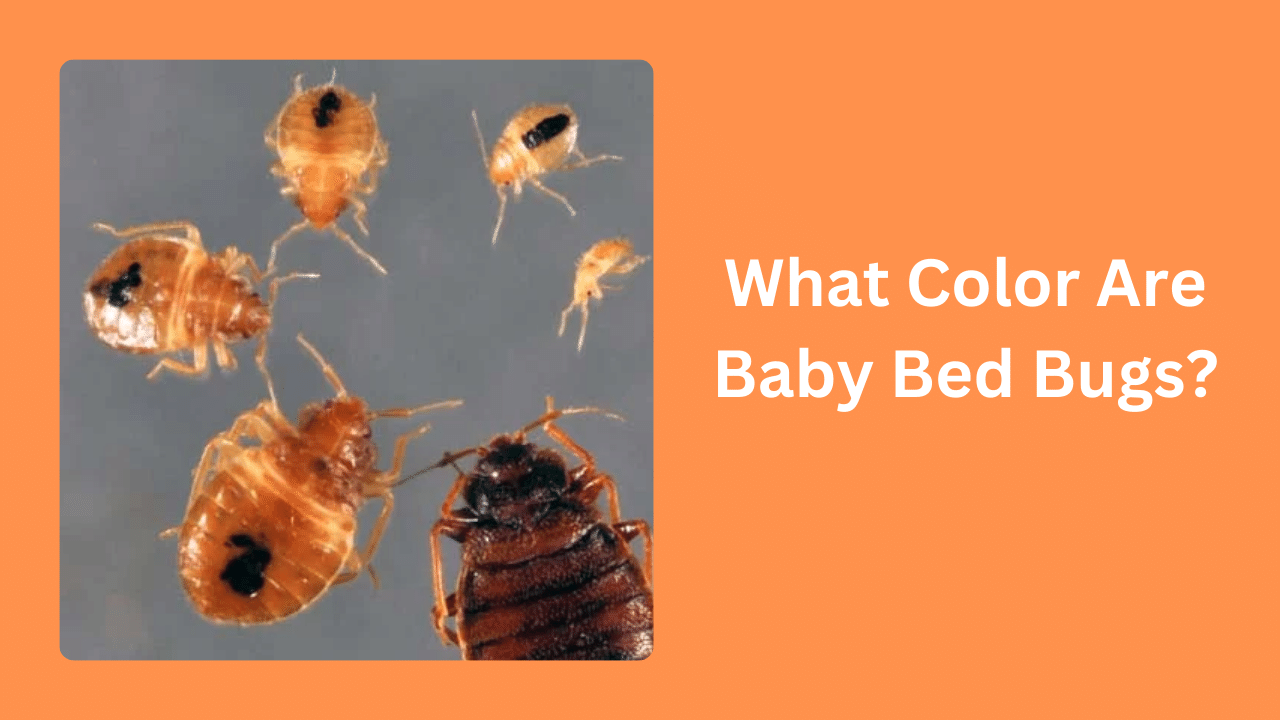
Pictures of Baby Bed Bugs
Tracking the Bed Bug Life Cycle
Understanding the bed bug life cycle is crucial in combating these persistent pests effectively. The process begins with the egg stage, where tiny, pearl-white eggs, barely visible to the naked eye, are laid in hidden spots. Hatching within a couple of weeks, they emerge as nymphs, starting translucent and gradually darkening to a reddish-brown as they feed and mature. Before reaching adulthood, these nymphs undergo five molting stages, growing slightly with each phase. Adult bed bugs, about the size of an apple seed, can live for several months, even up to a year, in optimal conditions. Throughout their life, females lay hundreds of eggs, perpetuating the cycle. This rapid reproductive rate underscores the importance of early detection and intervention. By tracking and understanding these stages, from egg to adult, you can implement more effective control strategies, disrupting the life cycle and reducing the chances of a full-scale infestation in your home.
Baby Bed Bugs Behaving
The behavior of baby bed bugs is critical in understanding and managing infestations. These tiny pests, although young, are as stealthy and hungry as their adult counterparts. Immediately after hatching, they start their quest for blood meals essential for their growth and development. Nymphs are nocturnal, emerging from hiding in the darkness to feed on sleeping humans. Their bites, often mistaken for those of other insects, can cause itching and discomfort. Nymphs can move quickly across surfaces despite their small size, seeking refuge in the tiniest crevices in mattresses, furniture, and walls. This elusive behavior, combined with their rapid growth cycle, makes early detection and control challenging. Understanding their behavior is crucial; it helps identify signs of their presence, like tiny blood spots on bedding or itchy bite marks. This knowledge is pivotal in adopting effective control measures, ensuring these young bed bugs don’t mature into a more significant, more problematic infestation.Can Baby Bed Bugs Bite?
bed bugs are capable of biting, just like their adult bedbugs. From the moment they hatch, these tiny pests are on a relentless quest for blood, essential for their growth and development. Despite their minuscule size, nymphs can pierce human skin and feed on blood, often going unnoticed as they are most active at night. Their bites can leave itchy, red marks similar to those caused by adult bed bug bites. This makes early detection and intervention crucial. Awareness that even the youngest bed bugs can bite is vital in identifying and addressing an infestation before it escalates. If you’re still struggling, NHS recommends you ask a pharmacist for help, as they may recommend a cream to ease the itching.
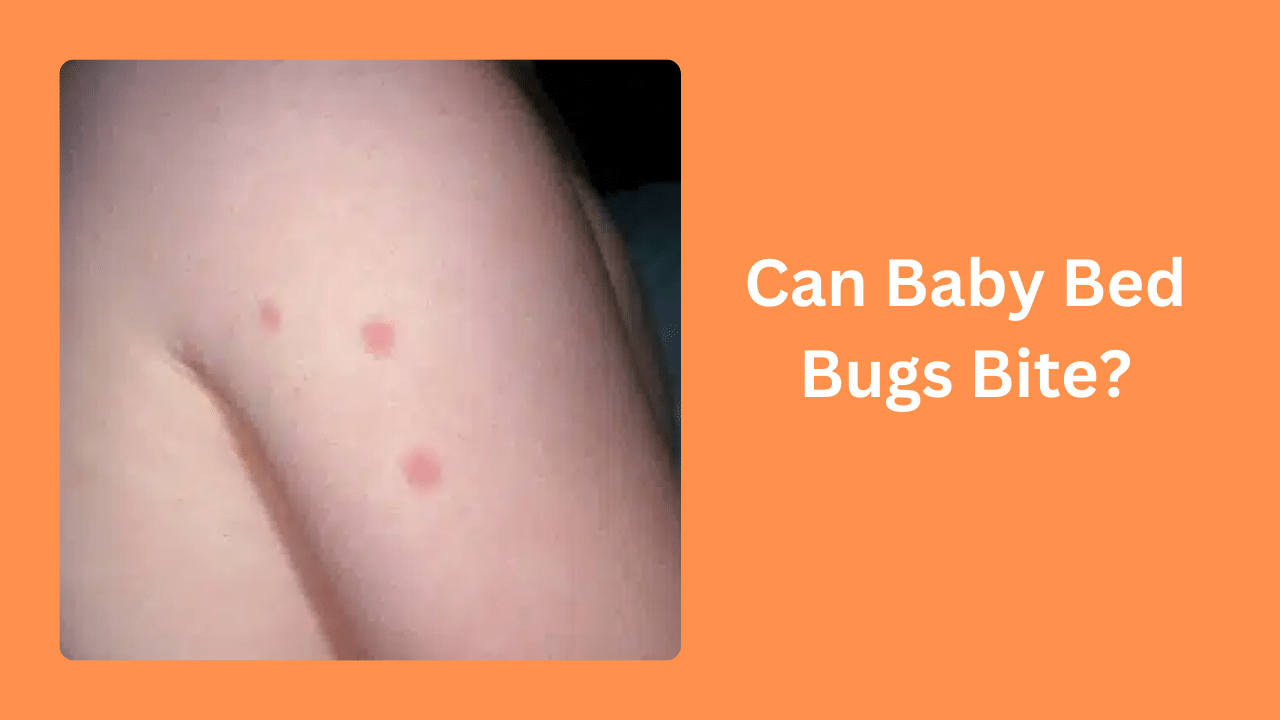
What Problems Can Bed Bugs Cause?
Bed bugs are a household pest that can cause various problems. Their bites often result in itching, redness, and discomfort, potentially disrupting sleep and causing emotional distress. Individuals may sometimes experience allergic reactions, leading to more severe skin irritation. Beyond physical health, bed bugs can significantly impact mental well-being, leading to anxiety and sleep disturbances. These pests also carry a social stigma, potentially affecting relationships and social interactions. Furthermore, eradicating bed bugs can be costly and time-consuming, requiring professional extermination services. Their resilience and ability to quickly infest large areas make them a persistent challenge in homes and hospitality settings.
[ Source: https://njaes.rutgers.edu/fs1117/ ]
How to Get Rid of Baby Bed Bugs
To eliminate baby bed bugs, thoroughly vacuum all areas, especially crevices and fabrics. Wash and dry bedding at high temperatures. Use a steam cleaner for non-washables, and apply bed bug-specific sprays cautiously. Seal cracks to prevent re-infestation, and continuously monitor to ensure complete eradication of these elusive pests.
To effectively eliminate bed bugs, follow these seven steps:
- Inspection: Begin by thoroughly inspecting your home, especially bedrooms, for signs of bed bugs. Look for tiny, white, oval eggs and reddish-brown nymphs in mattress seams, furniture crevices, and baseboards.
- Vacuuming: Use a vacuum cleaner with a hose attachment to meticulously clean all potential hiding places, including mattresses, furniture, carpets, and even electrical outlets. Immediately dispose of the vacuum bag in a sealed container outside your home.
- Washing and Drying: Launder all bedding, curtains, and clothing in hot water and dry them on the highest heat. High temperatures are lethal to bed bugs in all life cycle stages.
- Steam Cleaning: Use a steam cleaner for items that can’t be washed. The steam’s heat can penetrate deep into fabrics and tiny crevices, killing bed bugs.
- Bed Bug Sprays: Employ bed bug sprays for targeted treatment. Opt for sprays specifically formulated to kill bed bugs and apply them according to manufacturer instructions, focusing on infested areas.
- Sealing Cracks: Seal any cracks and crevices in walls and floors to eliminate hiding spots for bed bugs and prevent future infestations.
- Regular Monitoring: Continuously monitor the situation. Bed bugs can be tenacious, so frequent inspection and treatment might be necessary to completely eradicate them from your home.
Calling a Pest Control Company
When faced with a baby bed bug problem, calling a pest control company is a wise decision. These professionals have the expertise and tools necessary to tackle infestations effectively. They conduct a thorough inspection, identify the issue’s extent, and then implement a tailored treatment plan. This often includes using specialized chemicals and heat treatments that are more potent and efficient than DIY methods. Pest control experts also provide valuable advice on preventing future infestations. Opting for professional help ensures a bed bug-free environment and offers peace of mind, knowing experienced hands handle the problem.
What to Do If They Bite You
If baby bed bugs bite you, immediate and proper care is essential. First, resist the urge to scratch the bite, which can lead to infection. Clean the area with soap and water to reduce itchiness and prevent a skin infection. Applying a cold compress can help to alleviate swelling and itching. Over-the-counter anti-itch creams or antihistamines can also provide relief. See medical attention if you notice signs of an allergic reaction or if the bites become excessively painful. Additionally, inspect your living space for bed bugs and consider professional pest control services to prevent further bites and eradicate the infestation.How to Prevent Baby Bed Bugs
Preventing baby bed bugs involves a proactive and diligent approach. Start by maintaining cleanliness; regular vacuuming and decluttering can limit hiding spots. Use protective covers on mattresses and pillows to create a barrier against infestations. When traveling, inspect hotel rooms for signs of bed bugs and keep luggage off the floor. After returning, wash and dry all clothes on high heat. If you buy second-hand furniture, inspect it thoroughly before bringing it into your home. Seal cracks in walls and around baseboards to block entry points. Educate yourself and your family about bed bugs to recognize them early. Consider periodic professional inspections, especially if you live in an apartment complex, as bed bugs can travel between units. Integrating these habits into your routine can significantly reduce the risk of a baby bed bug infestation, ensuring your home remains comfortable and pest-free.
What Do Baby Bed Bugs Bites Look Like?
Baby bed bug bites often manifest as small, red, itchy welts on the skin. These bites can appear in a line or cluster, typically on exposed body areas like the arms, legs, and face. Unlike mosquito bites, bed bug bites are smaller and may have a darker red center. The edges are usually painless initially but can become increasingly itchy and uncomfortable over time, potentially leading to scratching and secondary skin infections. Some individuals may experience an allergic reaction, resulting in larger welts or hives. It’s important to note that responses to bed bug bites can vary significantly among individuals, with some showing no visible signs. Identifying bed bug bites is critical in recognizing an infestation, prompting a thorough inspection of your living space and, if necessary, professional extermination to address the issue.How to Check for Baby Bugs
Checking baby bed bugs requires a meticulous approach due to their small size and elusive nature. Start by examining your sleeping area, particularly the mattress, box spring, and bed frame. Look for tiny, pale-yellow nymphs, which can be as small as a pinhead or their slightly larger, reddish-brown adult counterparts. Please pay close attention to seams, crevices, and folds in the fabric where they like to hide. Additionally, look for minuscule white eggs or tiny black droppings indicating their presence. Using a flashlight and magnifying glass can aid in spotting these pests. Please don’t limit your search to the bed; extend it to nearby furniture, baseboards, and even behind wall hangings and electrical outlets. Regular checks, especially after traveling or purchasing second-hand furniture, are essential to early detection. If you find signs of bed bugs, consider contacting a professional pest control service to ensure thorough treatment and prevent future infestations.Can Baby Bed Bugs Reproduce?
Baby bed bugs cannot reproduce until maturity. The bed bug lifecycle includes several nymph stages, each requiring a blood meal to progress to the next. Only after completing these stages, which can take several weeks, do they mature into adults capable of reproduction. Female bed bugs then lay hundreds of eggs over their lifetime, perpetuating the cycle. This distinction is crucial in pest management, underscoring the importance of early detection and eradication. Targeting the nymph stages can significantly disrupt the reproduction cycle, preventing future bed bugs from establishing an infestation in your home.What is the difference between baby fleas and baby bed bugs?
Baby fleas, also known as flea larvae, and bed bugs, referred to as nymphs, are distinct in several ways:
- Their appearance differs significantly. Baby fleas are worm-like and have a whitish color, while bed bugs are more minor, oval-shaped, and have a translucent appearance.
- Their diet varies; fleas feed on organic debris and the blood of warm-blooded animals, while bed bug nymphs exclusively feed on blood.
- Their habitats differ, too.
Flea larvae reside in carpet fibers, bedding, or pet fur, whereas bed bug nymphs typically hide in cracks, crevices, and the seams of mattresses or furniture.
Can baby bed bugs live in your hair?
No, bed bugs cannot live in your hair. Bed bugs, including nymphs, are adapted to feed on the blood of humans and animals, but they do not infest hair or attach themselves to it. These pests prefer to hide in cracks and crevices near their hosts’ sleeping areas, such as mattresses, box springs, or furniture. They emerge to feed on exposed skin when their host is at rest, but they do not reside in or on the scalp or hair.
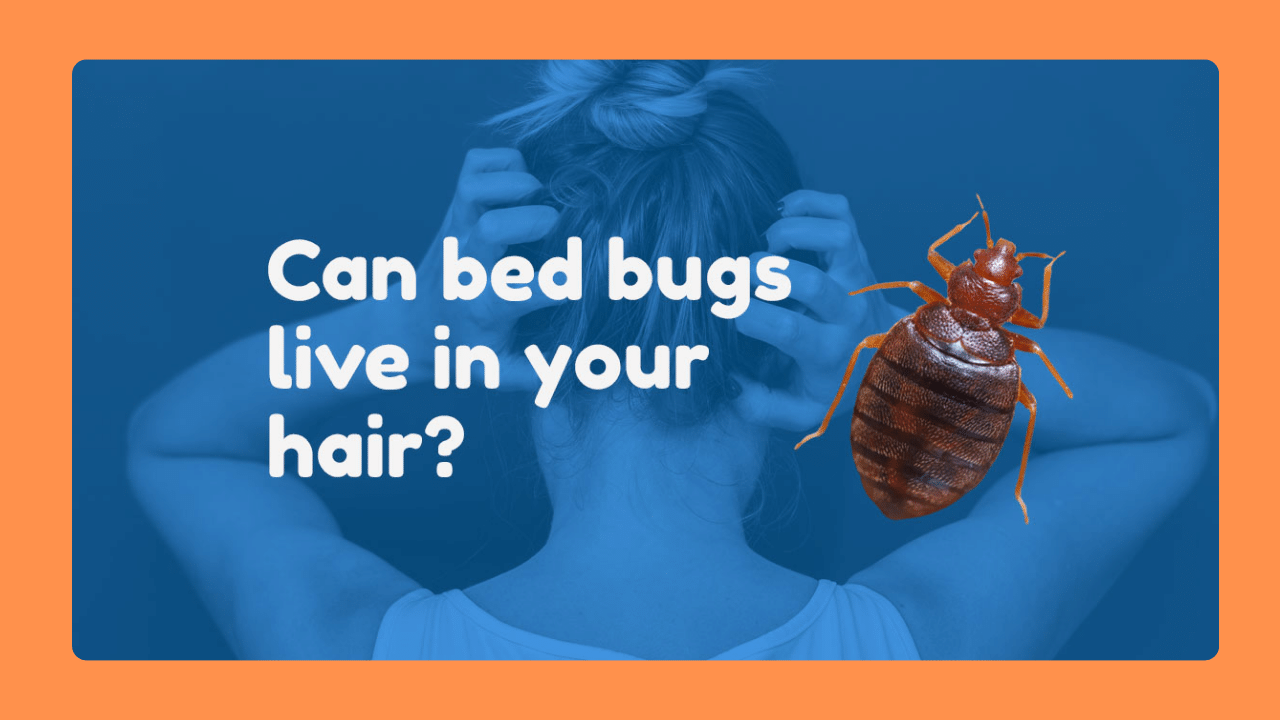
How long can baby bed bugs live without food?
Like their adult counterparts, bed bugs can survive without a blood meal for varying durations. Generally, bed bugs can endure periods of starvation at all stages of development. While exact times may vary depending on environmental conditions, nymphs can typically survive several weeks to a few months without a blood meal. However, they become more active in seeking a meal as they mature into more prominent nymph stages or adult bed bugs.
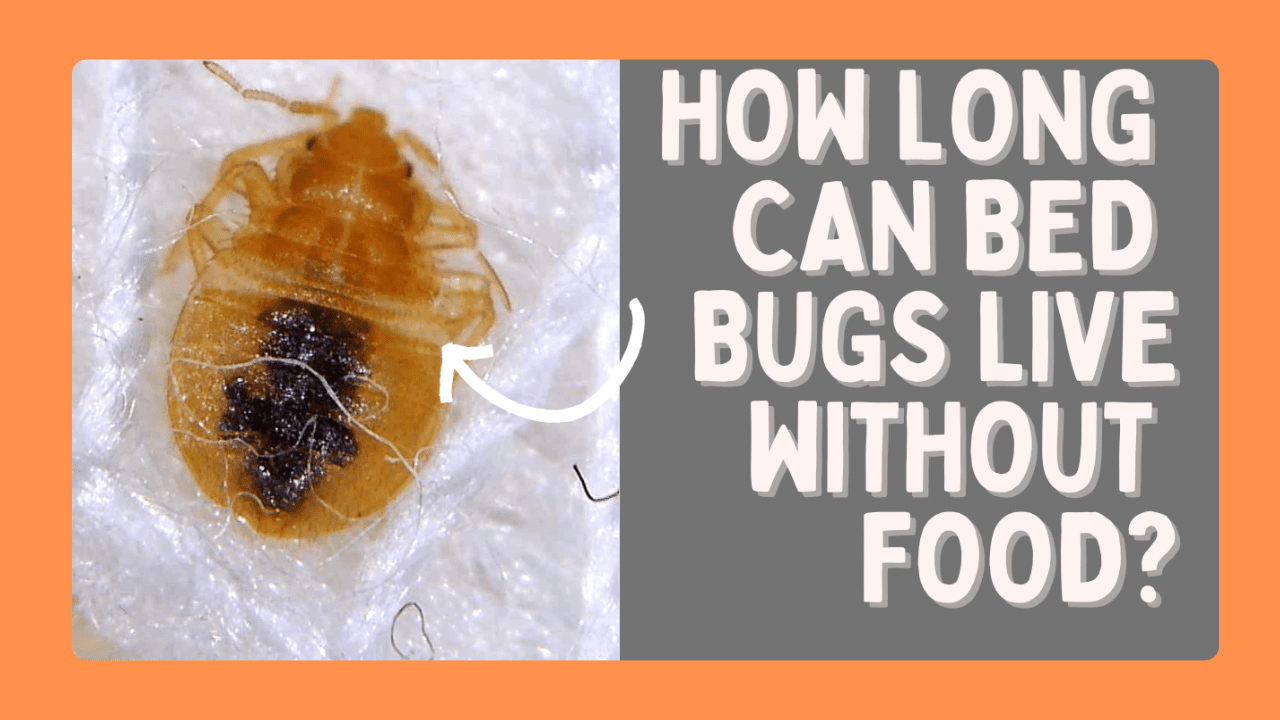
Are Baby Bed Bugs Visible? Can You See Them?
Nymphs, are visible to the naked eye but tiny and often translucent. Their size ranges from 1 mm to 5 mm, depending on their developmental stage. Due to their pale coloration and small size, they can be challenging to spot, especially in low-light conditions. It’s crucial to conduct thorough inspections, focusing on familiar hiding places like mattress seams, crevices, and cracks in furniture, to detect and identify these pests early. Using a flashlight and magnifying glass can help confirm their presence.
In conclusion, identifying bed bugs is crucial for effective pest control. These tiny, translucent nymphs may be challenging to spot, but they share some common characteristics with their adult counterparts. Their small size, pale coloration, and oval shape distinguish them from other household insects. Vigilance and thorough inspection of potential hiding spots such as mattresses, furniture seams, and wall crevices are crucial to preventing a full-blown infestation. Remember, early detection and professional intervention are essential to safeguard your home against these blood-sucking pests’ relentless and resilient nature. Stay informed and stay protected to ensure a peaceful and bed-bug-free environment.
If you are looking for Bedbugs Services in Dhaka. Call Us Today

